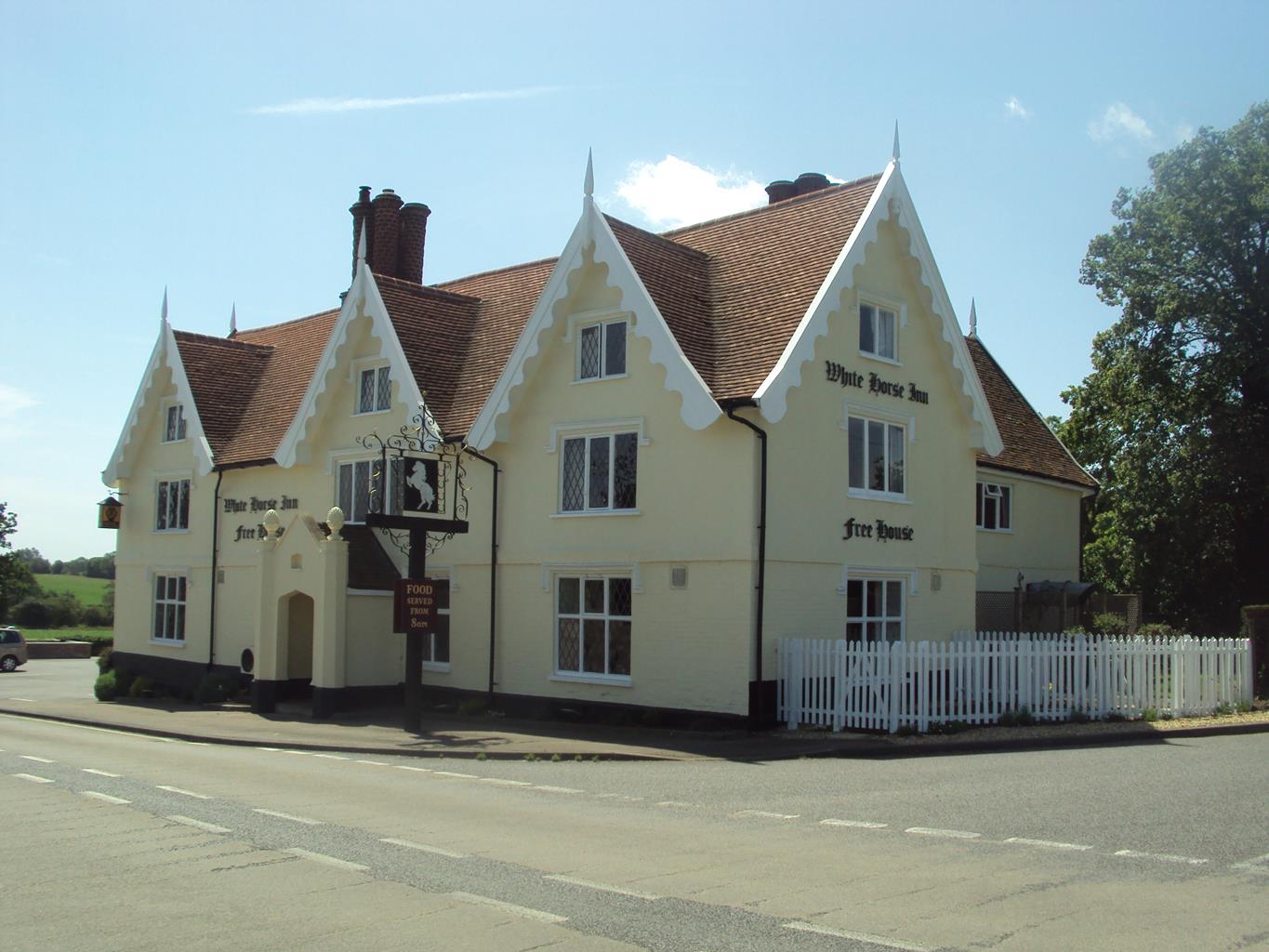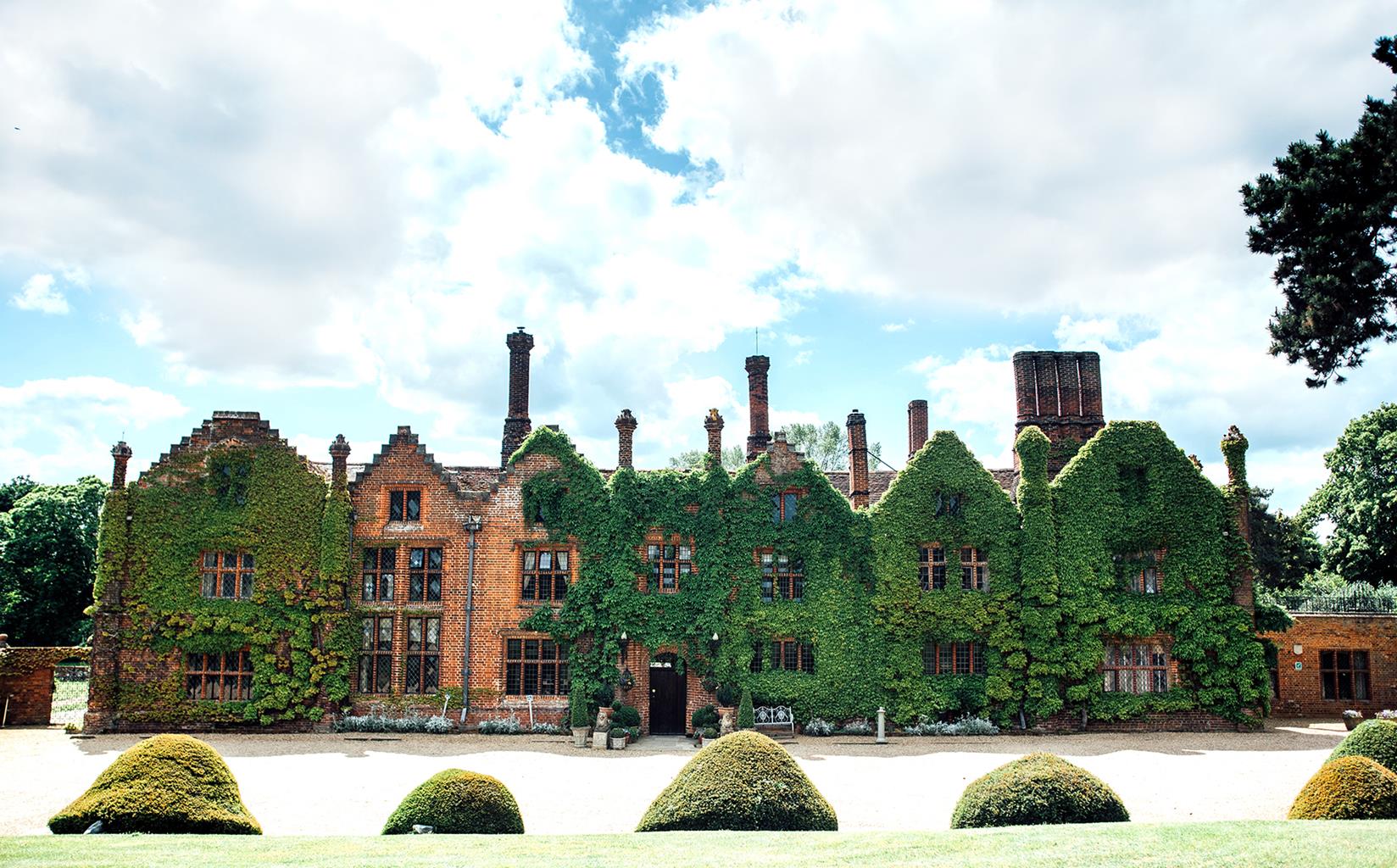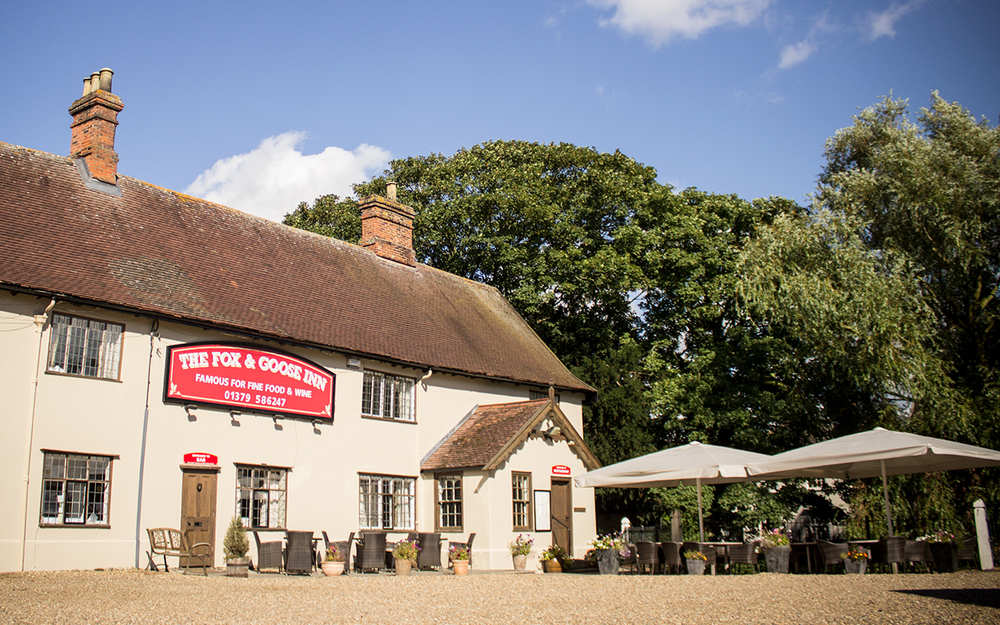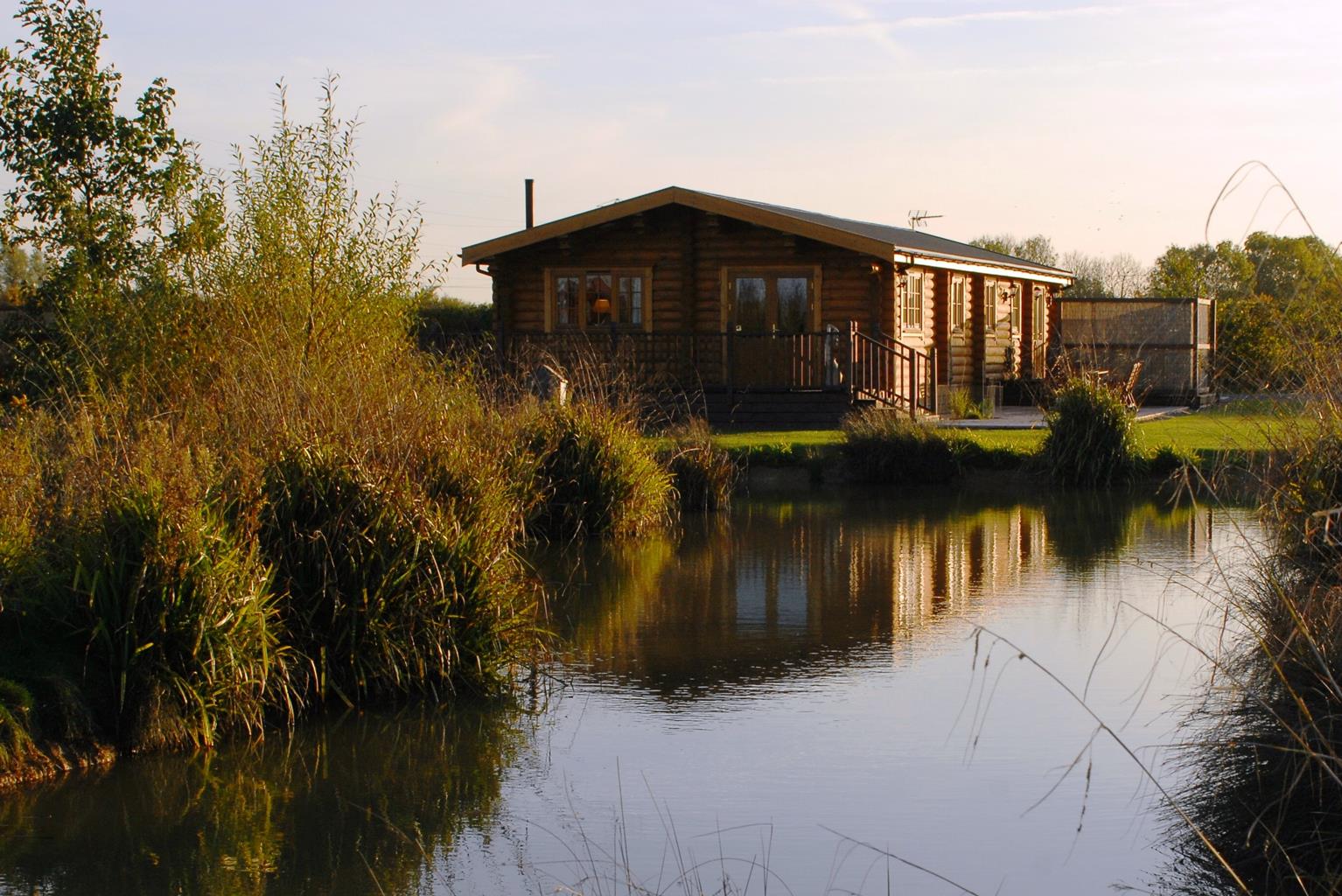Luxurious, Dog-Friendly, Self-Catering, Holiday Barge. Moored on the Quayside in a designated ‘…
Debenham's green lanes

Exploring the green lanes and pathways around a historic county town.
6 miles (9.7kms)
About the walk
In 1778 a young man left Suffolk to seek his fortune, but he never forgot the place where he grew up. When William Franks opened his first small haberdashery shop in Wigmore Street in London, he named it Debenhams after his home town. Before long he had established a chain of upmarket stores specialising in fine silks and cottons and in 1905 the first Debenhams department store opened in London. The company now has more than 100 stores across Britain but few of their customers are aware of the origins of the name.
Debenham, near the source of the River Deben, is one of those places whose past has largely been forgotten. In Saxon times, this was where the East Anglian kings held court, and there are accounts of a great battle against the marauding Danes at Blood Field to the north of the town. In the 14th century, Debenham was one of the finest of the wool towns, and the evidence is there to see in the handsome timber-framed merchants' houses that line the High Street. Yet these days, stuck out in the middle of Suffolk, away from the coast, the main roads and the busy towns, Debenham is little more than a village. The fledgling river trickles along the streets and occasional tourists pass through to visit the teapot pottery (see While You're There) on their way to Framlingham Castle and the coast.
This walk takes you into the green lanes around Debenham, through rich agricultural country where barley and wheat are grown. Part of the walk is along an old packhorse route that delights in the name of Waddlegoose Lane. The other local name for this path is Waddledickie Lane, 'dickie' being the Suffolk dialect for donkey.
The longer walk takes you to Earl Soham, a charming village hidden away in a valley along the old Roman road. Many people stop here just to visit the pub, which sells beer from the village brewery. The brewery is housed in new premises alongside the village shop, which offers a fine range of local produce including organic cider and apple juice from Aspall Hall near Debenham. Aspall is one of the oldest family firms in England, founded by Clement Chevallier in 1728 and still run by the eighth generation of the Chevallier family. The business has remained on the same site throughout its history and the original apple press and stone trough are still at Aspall Hall. Go easy on the beer and cider, though, or you really will be waddling back along Waddlegoose Lane…
Walk directions
Walk away from the High Street past the butcher and fork right at Priory Lane. After crossing the River Deben, turn right at the road and, after 100yds (91m), turn left on a sloping cross-field path. Pass through a hedge and continue around the edge of a field before turning left along a country lane.
At a junction of bridleways, ignore the ‘Heart of Suffolk Horse Route’ signs and keep straight ahead on the oak-lined drive to Crows Hall, which takes its name from the Debenham family crest. Follow the waymarks around to the right of the farm, past a dressage arena and walk ahead on a field-edge path between a fence and a hedge. Go left again at the end of the field and stay on this path as it crosses a footbridge to the right around the Great Wood. After another 250yds (229m), turn left across the fields to come to a wide track signposted 'Bridleway'. Turn right here and turn right along a lane to pass the large farm buildings of Grove Farm, then Crowborough Farm.
At the start of a line of telegraph poles, turn left alongside the hedge on to a grassy path. Stay on this path for 0.5 mile (800m), passing a wind pump and a pair of water towers before descending to a cottage with wooden barns.
Turn left then immediately left again along a field-edge path – this is Waddlegoose Lane. You will be on this green lane for the next 1.75 miles (2.8km). Ignore all paths off until you come to a T-junction on the bend of a path with a signpost showing bridleways in three directions. Bear right here. The path is now enclosed by trees, obscuring your view of the fields.
At the next junction, turn right along a farm track and stay on this track past a converted barn and a brick farmhouse. Turn left along the road for about 400yds (366m), then turn right on to a bridle path signposted 'Circular Walk'. After passing through an arch in the hedge, the path follows the right-hand side of Hoggs Kiss Wood, one of 200 community woodlands created to celebrate the millennium, with allotments to the right. You can either stay on the path or walk down through the woods and meadows.
When you reach the end of Hoggs Kiss Wood, turn right around the allotments and fork right along Water Lane to reach the High Street. Turn left along the High Street to return to the start of the walk.
Additional information
Field-edge and cross-field paths, country lanes
Arable farmland and new millennium wood
On lead across farmland
OS Explorer 211 Bury St Edmunds & Stowmarket
Cross Green free car park, High Street, Debenham
On Little Back Lane off Debenham High Street
WALKING IN SAFETY
Read our tips to look after yourself and the environment when following this walk.
Find out more
Also in the area
About the area
Discover Suffolk
Suffolk is Constable country, where the county’s crumbling, time-ravaged coastline spreads itself under wide skies to convey a wonderful sense of remoteness and solitude. Highly evocative and atmospheric, this is where rivers wind lazily to the sea and notorious 18th-century smugglers hid from the excise men. John Constable immortalised these expansive flatlands in his paintings in the 18th century, and his artwork raises the region’s profile to this day.
Walking is one of Suffolk’s most popular recreational activities. It may be flat but the county has much to discover on foot – not least the isolated Heritage Coast, which can be accessed via the Suffolk Coast Path. Southwold, with its distinctive, white-walled lighthouse standing sentinel above the town and its colourful beach huts and attractive pier features on many a promotional brochure. Much of Suffolk’s coastal heathland is protected as a designated Area of Outstanding Natural Beauty and shelters several rare creatures including the adder, the heath butterfly and the nightjar. In addition to walking, there is a good choice of cycling routes but for something less demanding, visit some of Suffolk’s charming old towns, with streets of handsome, period buildings and picturesque, timber-framed houses.
Nearby stays
Restaurants and Pubs
Nearby experiences
Recommended things to do
Why choose Rated Trips?
Your trusted guide to rated places across the UK
The best coverage
Discover more than 15,000 professionally rated places to stay, eat and visit from across the UK and Ireland.
Quality assured
Choose a place to stay safe in the knowledge that it has been expertly assessed by trained assessors.
Plan your next trip
Search by location or the type of place you're visiting to find your next ideal holiday experience.
Travel inspiration
Read our articles, city guides and recommended things to do for inspiration. We're here to help you explore the UK.













